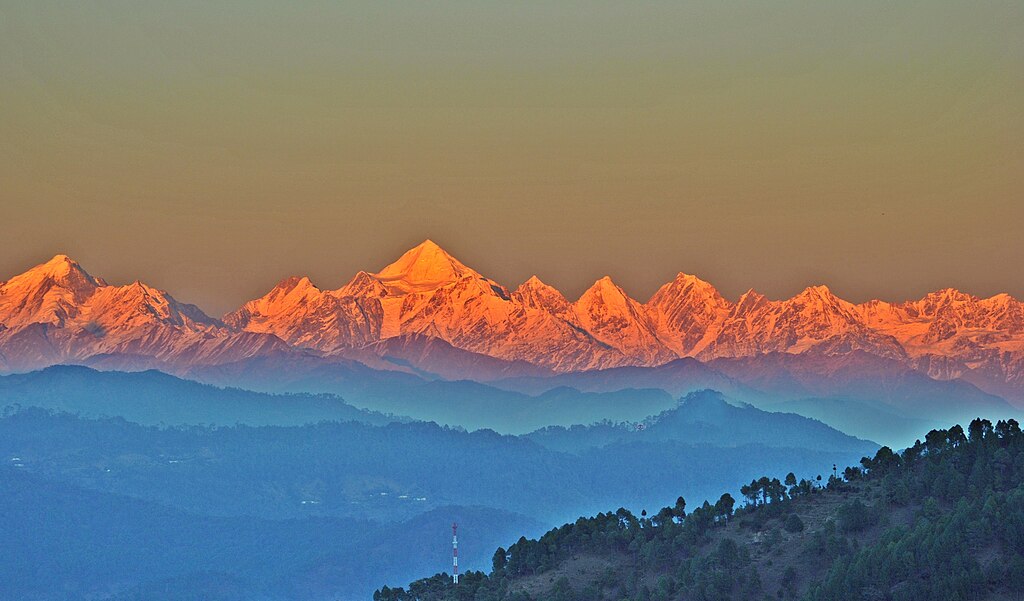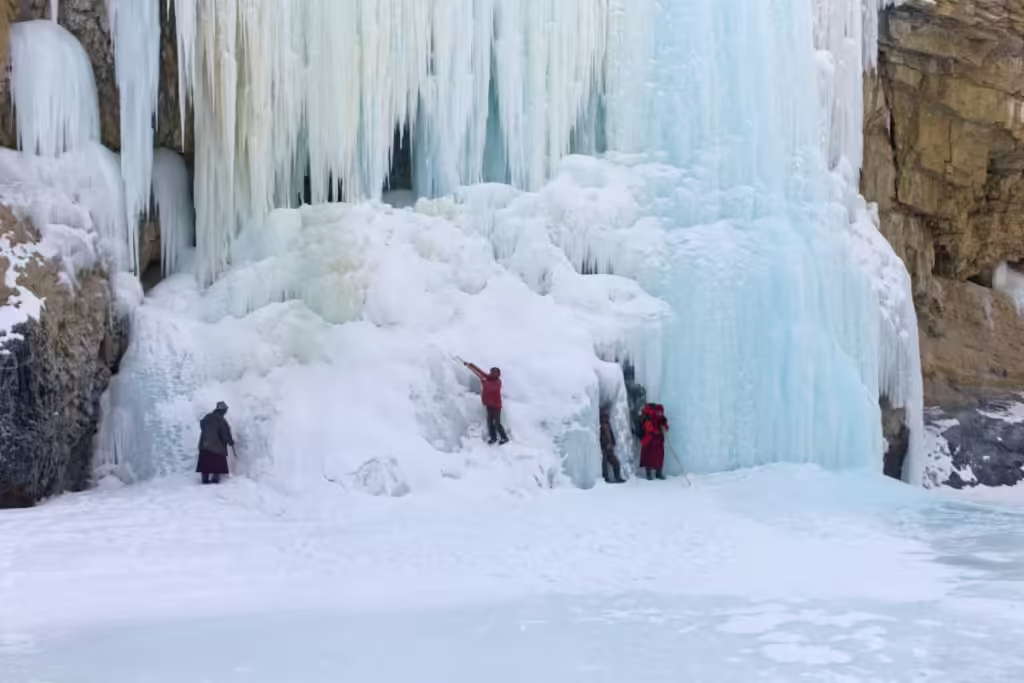A Ladakh Road Trip to Remember: My Adventure Through the Land of High Passes…
If you love mountains, adventure, and peaceful landscapes, then Ladakh should definitely be on your bucket list. I recently went on a road trip to Ladakh, and let me tell you—this journey changed me. From breathtaking valleys and crystal-clear lakes to starry nights and friendly locals, this trip had everything.
In this blog, I’ll share my full Ladakh road trip story, from planning and packing to the best places to visit, what I experienced on the road, and why this trip is perfect for every traveler who loves a mix of thrill and calm.
📍 Where is Ladakh?
Ladakh is a union territory in the northernmost part of India. Known as the “Land of High Passes,” it’s surrounded by the Himalayas and the Karakoram mountain ranges. The main cities here are Leh and Kargil. It’s famous for its unique culture, Buddhist monasteries, high-altitude roads, and unbelievable natural beauty.

🗓 Best Time to Visit Ladakh
Ladakh is mostly accessible from May to September. During winter, the roads close due to heavy snowfall, especially the passes. I went in June, and the weather was perfect—not too cold, not too hot, with clear skies and open roads.
🚗 Route for the Road Trip
We started our journey from Manali, Himachal Pradesh. The road trip to Ladakh from Manali is one of the most popular and scenic routes. You can also start from Srinagar, but Manali to Leh is more adventurous.
🛣 Manali to Leh Road Trip Itinerary:
- Day 1: Manali to Jispa
- Day 2: Jispa to Sarchu
- Day 3: Sarchu to Leh
- Day 4-8: Explore Leh and nearby areas (Nubra Valley, Pangong Lake, Tso Moriri, etc.)
- Day 9: Return to Manali or continue to Srinagar
🧳 Packing Essentials for Ladakh
Here are some important things I packed for the road trip:
- Warm clothes (layers work best)
- Waterproof jacket
- Sunscreen (the sun is very strong at high altitude)
- Lip balm and moisturizer
- Medicines (especially for altitude sickness)
- Water bottles and energy snacks
- Offline maps (no network in remote areas)
- Power banks
- Identity proof and vehicle documents
🌄 Day-by-Day Experience
🚐 Day 1: Manali to Jispa (140 km)
We started early in the morning, crossing Rohtang Pass. It was cold, misty, and beautiful. Snow walls lined the roads, and the excitement was real. After crossing Keylong, we reached Jispa, a quiet village by the Bhaga River. It was our first stop to rest and acclimatize.
🏞 Day 2: Jispa to Sarchu (85 km)
We left Jispa and crossed Baralacha La, one of the highest motorable passes at 16,040 feet. The view was unreal—snow everywhere! We reached Sarchu, a barren land with tent accommodations. Breathing got a little hard due to the altitude, but we managed. The night sky here was something else—millions of stars like diamonds in the sky.
🏔 Day 3: Sarchu to Leh (250 km)
This was the toughest and longest day. We crossed Gata Loops (21 hairpin bends), Nakee La, Lachung La, and Tanglang La—some of the highest passes. The landscape kept changing—brown mountains, white peaks, sand valleys. Finally, after 12 hours, we reached Leh. We checked into a hotel and took complete rest.
📌 Things to Do in Leh
1. Explore Leh Market
Leh’s main market is full of colors—handicrafts, souvenirs, cafes, and local food. We tried Thukpa (noodle soup) and Momos—delicious and comforting in the cold weather.
2. Visit Monasteries
We visited Thiksey Monastery, which looks like a mini Potala Palace. Hemis Monastery is also a must-visit—peaceful and full of history.
3. Shanti Stupa
A white dome structure that offers panoramic views of Leh town. It’s best to visit during sunrise or sunset.
🏜 Nubra Valley Adventure
After a day of rest, we headed to Nubra Valley via Khardung La Pass—one of the world’s highest motorable roads at 18,380 feet! It was cold, windy, and magical.
In Nubra, we stayed in Hunder, famous for its sand dunes. Yes, you read that right—sand dunes in Ladakh! We even rode the double-humped Bactrian camels, which are only found in this part of the world.
We also visited Diskit Monastery, where a giant Buddha statue overlooks the valley.
🌊 Pangong Lake – Straight Out of a Dream
Pangong Lake is probably the most famous spot in Ladakh. The lake is 134 km long and stretches from India to China. Its color changes with sunlight—from blue to green to purple.
We stayed in tents near the lake and watched the most beautiful sunset of our lives. At night, it was freezing, but the sky was full of stars again. The silence, the view, the vibe—nothing else mattered in that moment.
🌅 Tso Moriri – A Hidden Gem
Not as popular as Pangong, Tso Moriri is a peaceful and less crowded lake. The journey was rough, but the views made up for it. Surrounded by snow-capped mountains and wild animals like kiangs (wild asses), this place felt untouched.

🍲 Food in Ladakh
Food here is simple but hearty. Some must-try dishes include:
- Thukpa: Hot noodle soup with veggies or meat
- Momos: Steamed dumplings
- Skyu: A traditional Ladakhi pasta dish
- Butter Tea: A salty tea with butter—an acquired taste but helpful at high altitudes
❤️ Local People and Culture
The people of Ladakh are extremely warm and welcoming. Most follow Tibetan Buddhism. Their lifestyle is simple, and they live in harmony with nature. We learned to respect their traditions and their way of life.
💡 Tips for a Safe and Enjoyable Trip
- Acclimatize properly – Spend a day or two in Leh before heading to high-altitude places.
- Stay hydrated – Drink lots of water.
- Drive carefully – Roads are rough, narrow, and full of turns.
- Don’t rush – Enjoy the journey; Ladakh is not a place to be in a hurry.
- No network zones – Pre-download maps and inform family beforehand.
- Travel with a group or guide if you’re not experienced with mountain driving.
🌟 Why Ladakh Road Trip is Special
This road trip is not just about reaching a destination. It’s about experiencing the journey, the raw beauty of nature, and the silence that speaks louder than words. Ladakh teaches you patience, respect for nature, and how small we are in this vast world.
